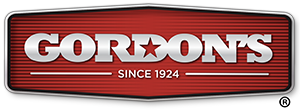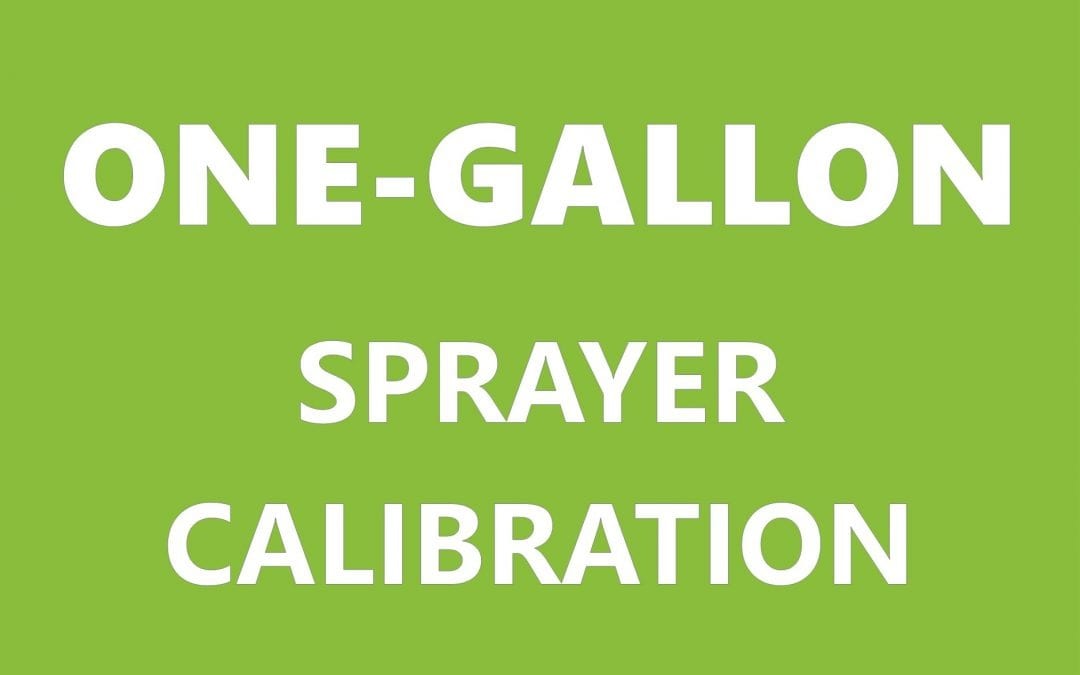Proper herbicide or fertilizer application to your yard or pasture starts with the calibration of your spraying equipment. To calibrate one-gallon sprayers, follow these steps:
Important Tips to Remember
- Select the proper equipment for the job to be done. This includes nozzles, pumps, hoses, pressure regulators, etc.
- DO NOT use pesticide during calibration. A spray colorant is recommended to aid in determining spray pattern, droplet size, coverage and pressure.
- Calibrate properly and check calibration periodically.
For Calibration of Backpack, Hand Can Sprays and Shower Head Type “Guns” (Broadcast Application)
Note: Flat fan nozzles and shower head guns are generally used in broadcast applications.
- Measure a 20’ x 50’ or 1,000 sq. ft. area.
- Fill the sprayer with water (and optional spray colorant) to a known mark.
- Spray the 1,000 sq. ft. area. Keep walking speed and pressure constant. Use of the colorant will show light, heavy or skipped areas of application.
- Measure the amount of water required to refill the sprayer to the known mark. This is the spray volume per 1,000 sq. ft.
- The amount of pesticide to be added to one (1) gallon of water can now be determined using the following formula:
| Label Rate in ounces/1,000 sq. ft. | = | Number of ounces of pesticide to be added per gallon of water |
| Spray Volume in gallons/1,000 sq. ft. |
Example 1:
- The pesticide label rate is 1.2 ounces/1,000 sq. ft.
- The spray volume is 0.5 gallons/1,000 sq. ft.
| 1,2 | = | 2.4 ounces of pesticide per gallon of water |
| 0.5 |
Example 2:
- The pesticide label rate is 1.5 ounces/1,000 sq. ft.
- The spray volume is 2 gallons/1,000 sq. ft.
| 1.5 | = | 0.75 ounces of pesticide per gallon of water |
| 2 |

